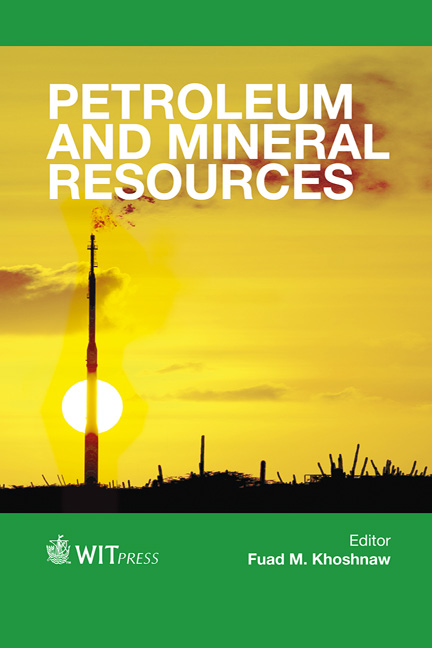Modified Pyro-metallurgical Technology For Recovery Of Impurities From Crude Lead Using Chalk Powder
Price
Free (open access)
Transaction
Volume
81
Pages
11
Page Range
293 - 303
Published
2012
Size
492 kb
Paper DOI
10.2495/PMR120261
Copyright
WIT Press
Author(s)
F. H. Ibraheem
Abstract
Harris process is a well-known technology for purification of lead from alloying elements (impurities) antimony, tin and arsenic, this process use sodium nitrate as an oxidizing agent. Sodium nitrate is not enough secure to be used in a foundry because its composition contains easily liberated oxygen for continuous burning even without the existence of environmental oxygen. This is on one side and on the other side sodium nitrate has limited availability because it can be used in the manufacturing of explosive material. The scope of the research is to find a material which can substitute for sodium nitrate and be feasible, safe and has no environmental impact. The Harris method used sodium nitrate as an oxidizing agent with sodium hydroxide for agglomeration of the floated skim over molten lead followed by the bubbling of air through the molten lead which is done under controlled temperatures and with efficient mixing. It is found from the research that the fine powder of calcium carbonate grain (chalk powder) takes a role as an oxidizing agent without air bubbling. It is shown that the oxidation reactions occur on the surface of calcium carbonate granules, is yellow–brown skims floating over molten surface from impurities and lead oxidant, whenever a fine grain used, a higher efficiency is achieved. The new technology has many advantages but it has also disadvantages represented by increasing process technology time by 15% and increasing the amount of solid skimmed waste by 10% which can later be recycled again to the
Keywords
purification of lead, urification





